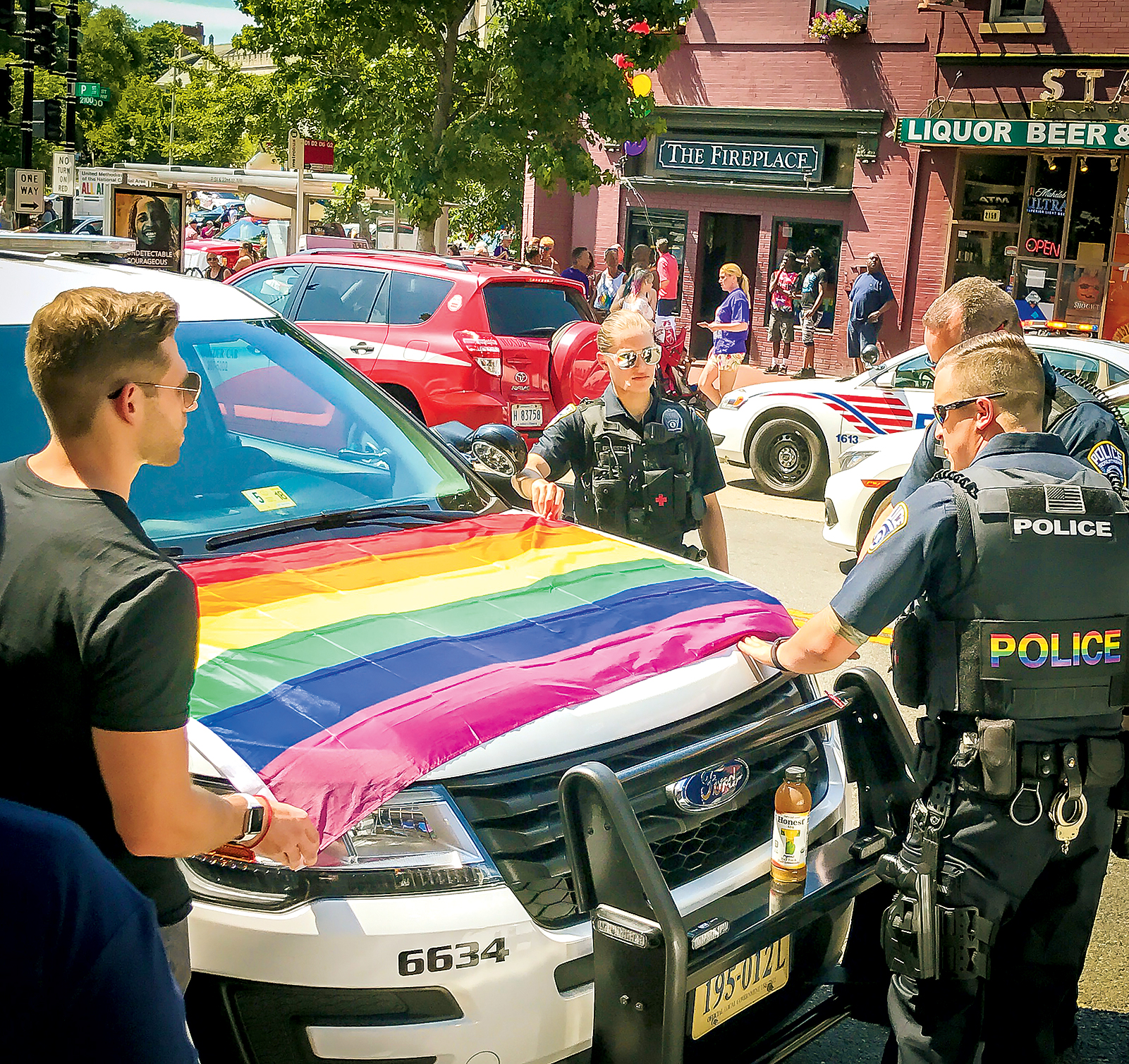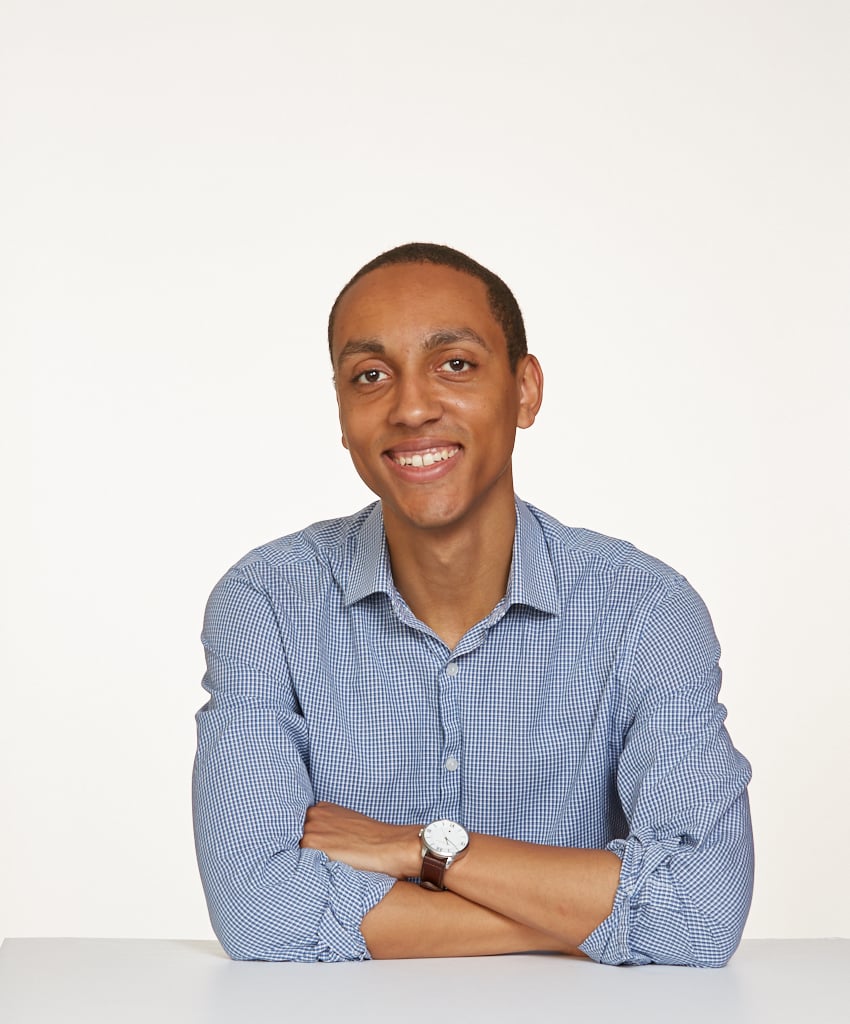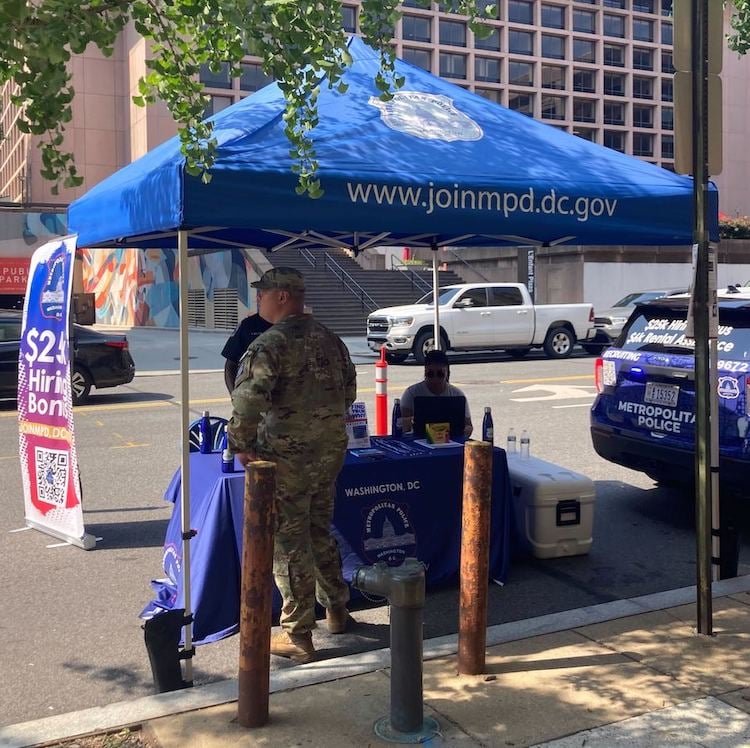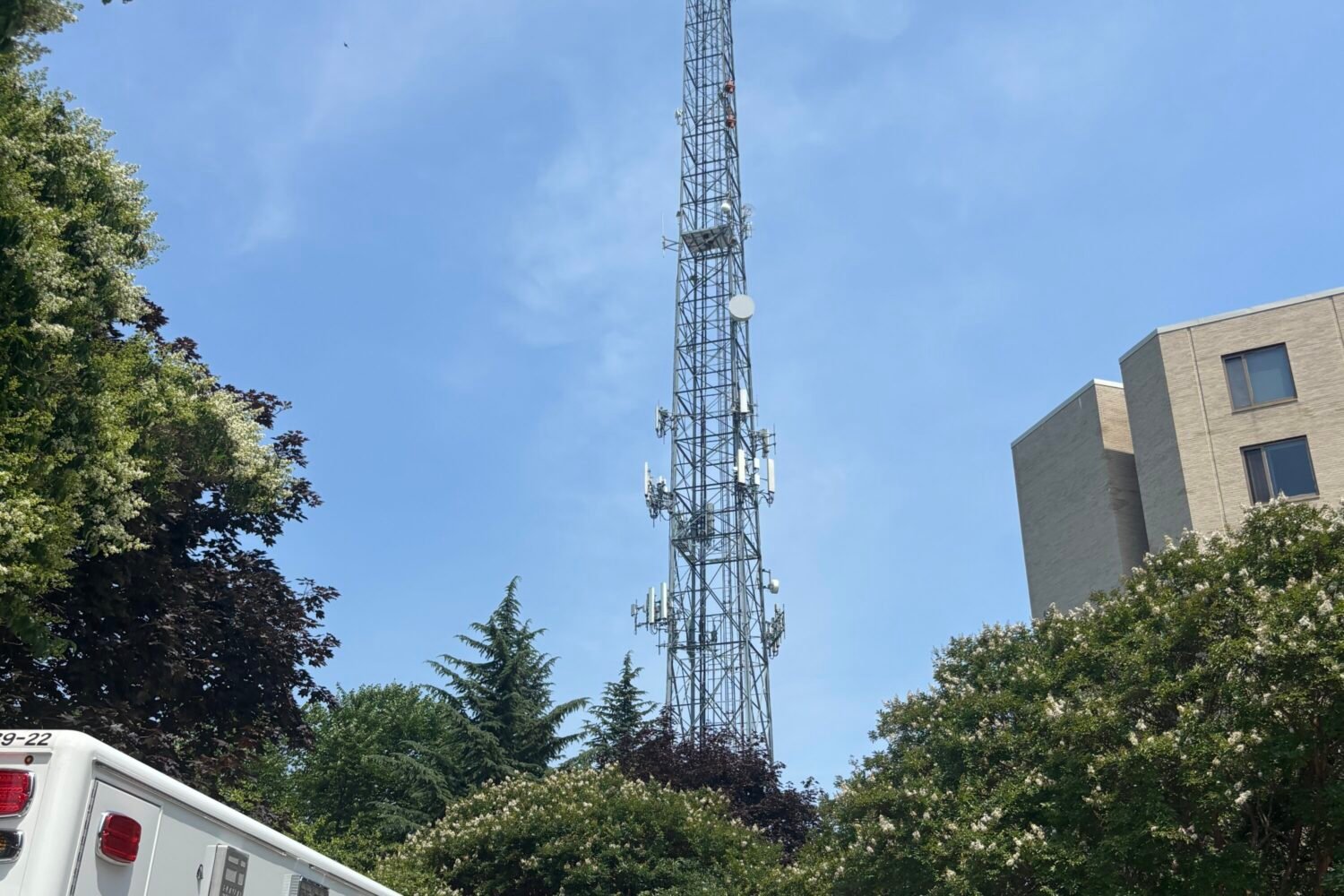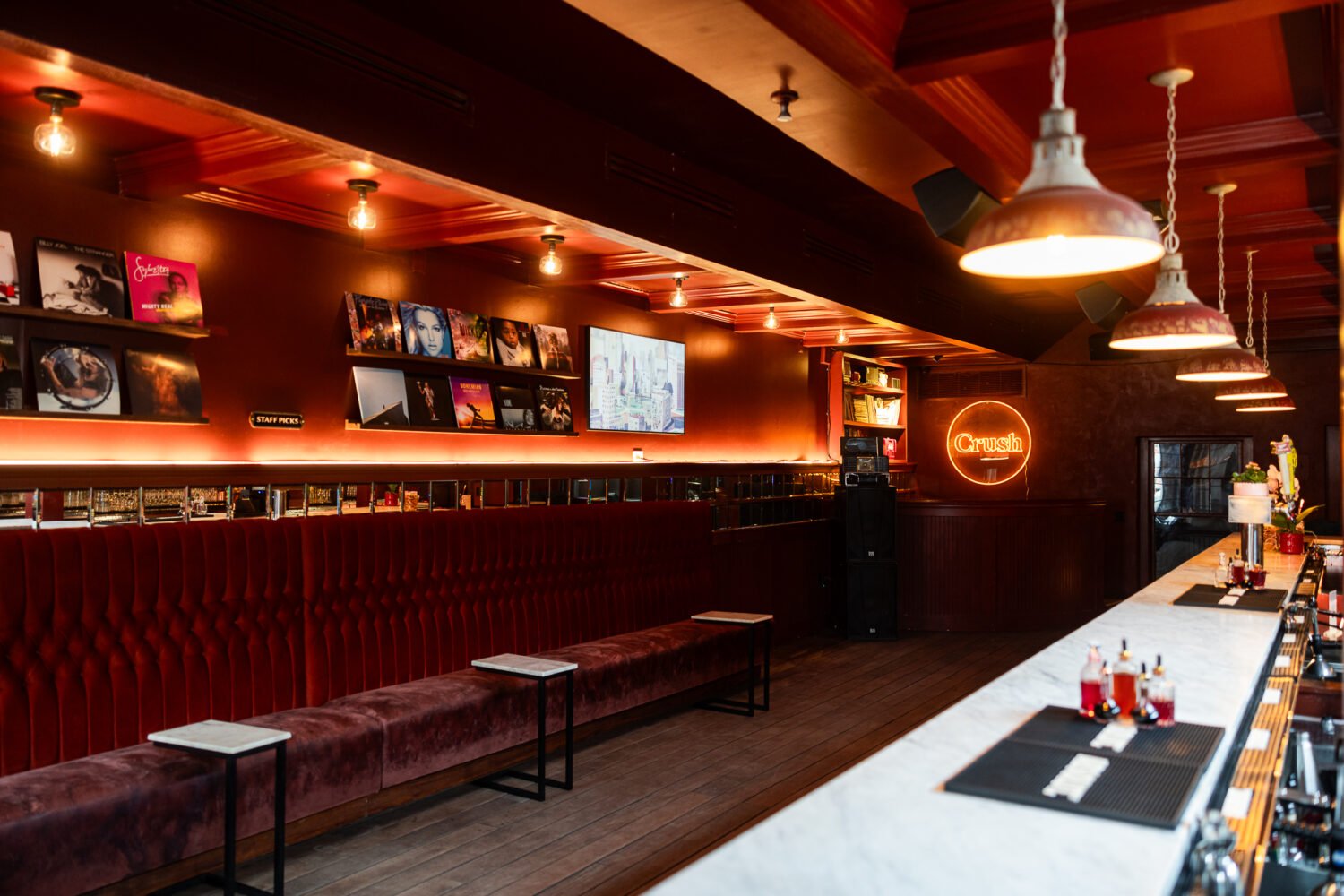Reaching Out to the Gay Community
It’s late afternoon on a Thursday, and Sergeant Jessica Hawkins is steering her police car around Shaw, waiting for a call. It’s been a low-key shift, though, and so far her services haven’t been required.
Hawkins’s beat isn’t always so quiet. As head of the Metropolitan Police Department’s LGBT Liaison Unit—and one of the MPD’s only openly transgender officers—she runs a four-person team that, on top of regular police work, responds to incidents involving the LGBTQ community.
When two men were attacked on U Street in April by assailants shouting anti-gay slurs, members of Hawkins’s team were among the first to respond. That incident, which has shaken the LGBTQ community, points to a troubling trend: Hate crimes in the city have increased for the last two years and rose again during the first months of 2018.
Part of Hawkins’s job involves outreach, such as speaking at community meetings or attending pride events. So during today’s shift, she does something unusual: She attends a party. At a reception hosted by GLAA (the Gay and Lesbian Activists Alliance), Hawkins mixes effortlessly with the crowd, shaking hands and exchanging hugs with local politicians and advocates. She also says hello to police chief Peter Newsham, whose surprise appearance is a show of solidarity in the wake of the U Street attack.
The evening’s host, GLAA president Guillaume Bagal, welcomes the unit’s efforts, but he’s also sensitive to members of the community who remain wary of the police after what they perceive as prior indifference or even hostility, especially in DC’s poorer communities. “What’s really lacking is trust,” Bagal says. Motioning to Hawkins and other uniformed cops at the event, he adds, “Officers who identify as LGBTQ showing up is a positive thing. But there are people who are not comfortable with officers with guns being here.”
And the U Street attack—which remained unsolved at press time—points to limits in what the police can accomplish. “We continue to take this seriously and are working to build trust in the community,” says Lieutenant Brett Parson, who oversees the MPD’s various liaison units and also attended the party. But preventing bias crimes, he adds, “doesn’t just fall on the police department. That’s a much bigger job for society.”
Helping Cops Be Less Biased
Groans and yawns fill a room on the second floor of the Wilson Building as about 30 men and women in uniform sit in rows of chairs. It’s 6 am, and these officers have gathered for an all-day class designed to make them more sensitive to issues involving race and law enforcement. The program is mandatory; as roll call begins, some attendees clearly do not want to be here.
Though the classes began in January, Mayor Muriel Bowser officially announced the program in April. By the end of the year, all 3,800 sworn officers will have completed the training, which involves a lecture from UDC professors Bernard Demczuk and Sharita Thompson and a specially designed tour of the National Museum of African American History & Culture.
Demczuk opens today’s class with a reference to Plato, which appears to do little to lighten the weary mood. Over the course of the lesson, the professors talk about African-American history, racism and unconscious bias, and other topics they hope will give officers a better understanding of the African-American experience along with greater sensitivity to racial issues.
Will it help? “This is a lot of info that has to be thought through in one day,” says Gregory Carr, chair of Howard University’s Department of Afro-American Studies, who isn’t involved with the program. “Probably the best this can hope for is to expose officers to the subject and ignite an interest. [But] any attempt to have law-enforcement officials learn about African-American history and culture is a good thing.”
Anecdotally, the effort is making a difference. Demczuk says that at the end of one session, a white, 25-year veteran of the force asked, with tears in his eyes, if he was a racist because he treated people in Shaw and Georgetown differently. After another class, an officer came up to Thompson and put it more simply: “I didn’t know. I didn’t know.”
This article appeared in the June 2018 issue of Washingtonian.

